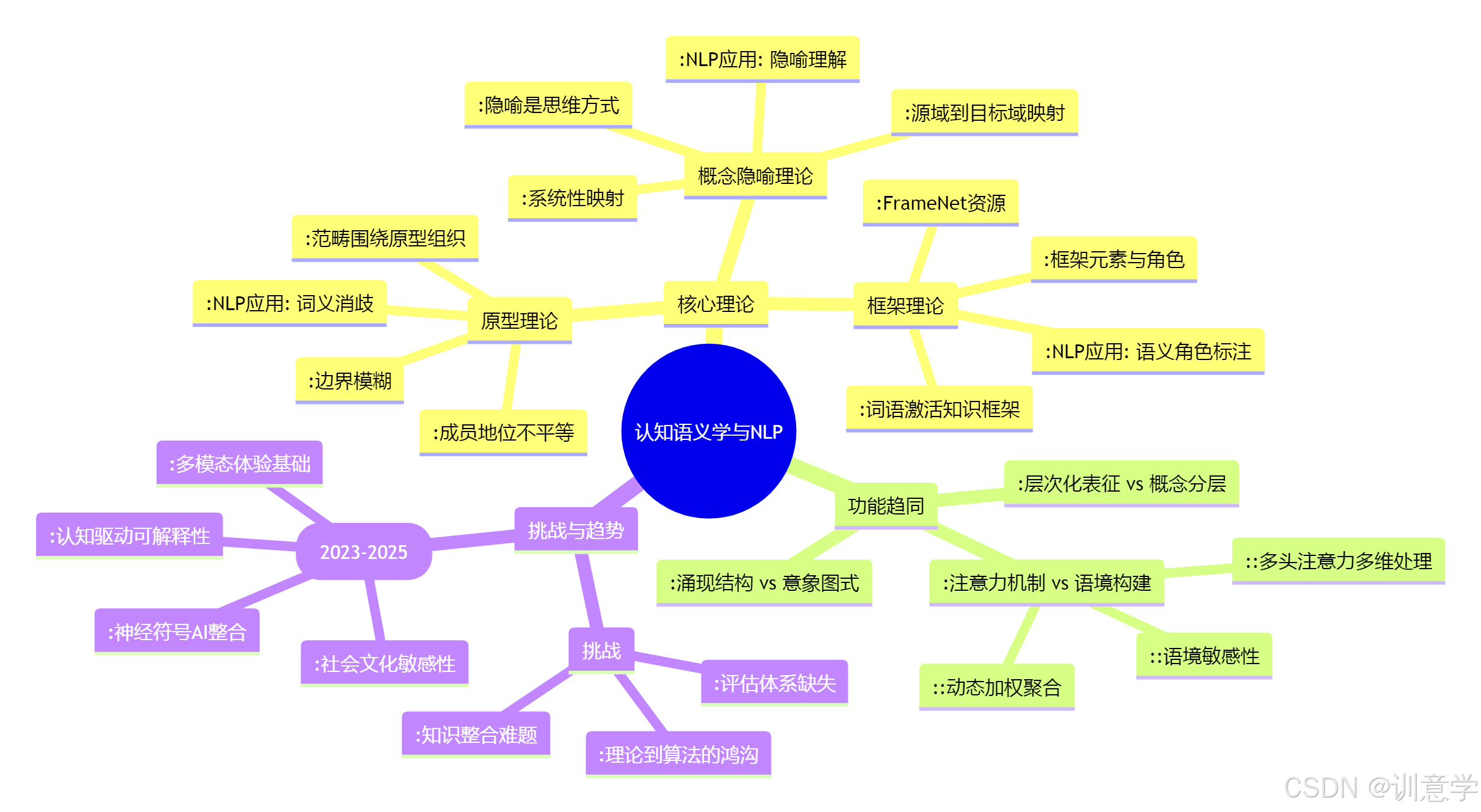数据结构 基于字符串模式匹配算法的病毒感染检测问题
数据结构 基于字符串模式匹配算法的病毒感染检测问题实验目的实验内容实验提示实验目的1.掌握字符串的顺序存储表示方法。2.掌握字符串模式匹配算法BF算法或KMP算法的实现。实验内容问题描述医学研究者最近发现了某些新病毒,通过对这些病毒的分析,得知它们的DNA序列都是环状的。现在研究者已收集了大量的病毒DNA和人的DNA数据,想快速检测出这些人是否感染了相应的病毒。为了方便研究,研究者将人的DNA和病
数据结构 基于字符串模式匹配算法的病毒感染检测问题
实验目的
1.掌握字符串的顺序存储表示方法。
2.掌握字符串模式匹配算法BF算法或KMP算法的实现。
实验内容
问题描述
医学研究者最近发现了某些新病毒,通过对这些病毒的分析,得知它们的DNA序列都是环状的。
现在研究者已收集了大量的病毒DNA和人的DNA数据,想快速检测出这些人是否感染了相应的病毒。为了方便研究,研究者将人的DNA和病毒DNA均表示成由一些字母组成的字符串序列,然后检测某种病毒DNA序列是否在患者的DNA序列中出现过,如果出现过,则此人感染了该病毒,否则没有感染。例如,假设病毒的DNA序列为baa,患者1的DNA序列为aaabbba,则感染;患者2的DNA序列为babbba,则未感染。(注意,人的DNA序列是线性的,而病毒的DNA序列是环状的。)
输入要求
多组数据,每组数据有1行,为序列A和B, A对应病毒的DNA序列,B对应人的DNA序列。A和B都为“0”时输人结束。
输出要求
对于每组数据输出1行,若患者感染了病毒输出“YES",否则输出“NO"。
输入样例
abbab abbabaab
baa cacdvcabacsd
abc def
0 0
输出样例
YES
YES
NO
实验提示
此实验内容即要求实现主教材的案例4.1,具体实现可参考算法4.5。算法4.5是利用BF算法来实现字符串的模式匹配过程的,效率较低,可以利用KMP算法完成模式匹配以提高算法的效率。读者可以模仿算法4.5,利用KMP算法来完成病毒感染检测的方案。
strlen()函数:求字符串的长度。
实验代码
BF算法(C++)
#include <iostream>
using namespace std;
#define MAXSIZE 255
//BF算法
int Index_BF(char S[], char T[], int pos)//从第0位开始
{//返回模式T在主串S中第pos个字符开始第一次出现的位置;若不存在,则返回0
int i = pos; int j = 0;
int lenS = strlen(S);
int lenT = strlen(T);
while (i < lenS && j < lenT)
{
if (S[i] == T[j])
{
i++; j++;
}
else
{
i = i - j + 1; j = 0;
}
}
if (j >= lenT)
return i- lenT;
else
return -1;
}
int main()
{
int pos = 0; int result = 0;
char s[MAXSIZE] = {}, t[MAXSIZE] = {};
char output[MAXSIZE] = {};
while (true)
{
cin >> s; cin >> t;
if (s[0] == '0' && t[0] == '0')
{
cout << output << endl;
break;
}
result = Index_BF(t, s, pos);
if (result == -1)
{
strcat_s(output, "No\n");//字符串拼接
}
else
{
strcat_s(output, "Yes\n");//字符串拼接
}
}
}
运行截图
KMP算法(C++)
#include <iostream>
using namespace std;
#define MAXSIZE 50
int next1[MAXSIZE];
//报错next不明确是因为和std命名空间冲突了,它作为全局变量不行,所以改成next1
void get_next(char t[])
{
char t2[MAXSIZE] = { '0' };
for (int m = 0; m < MAXSIZE - 1; m++)
{
t2[m + 1] = t[m];
if (t[m] == '\0')
break;
}
int i = 1, j = 0;
next1[1] = 0;
while (i < strlen(t))
{
if (j == 0 || t2[i] == t2[j])
{
i++;
j++;
next1[i] = j;
}
else
{
j = next1[j];
}
}
}
//KMP算法
int Index_KMP(char S[], char T[], int pos)//从第0位开始
{//返回模式T在主串S中第pos个字符开始第一次出现的位置;若不存在,则返回0
int i = 1; int j = 1;
char s2[MAXSIZE] = { '0' };
char t2[MAXSIZE] = { '0' };
for (int m = 0; m < MAXSIZE - 1; m++)
{
t2[m + 1] = T[m];
s2[m + 1] = S[m];
if (T[m] == '\0')
break;
}
int lenS = strlen(S);
int lenT = strlen(T);
while (i <= lenS && j <= lenT)
{
if (j == 0 || s2[i] == t2[j])
{
i++; j++;
}
else
{
//i = i - j + 1; j = 0;
j = next1[j];
}
}
if (j > lenT)
return i - lenT;
else
return -1;
}
int main()
{
int pos = 0; int result = 0;
char s[MAXSIZE] = {}, t[MAXSIZE] = {};
char output[MAXSIZE] = {};
while (true)
{
cin >> s; cin >> t;
if (s[0] == '0' && t[0] == '0')
{
cout << output << endl;
break;
}
get_next(t);
result = Index_KMP(t, s, pos);
if (result == -1)
{
//cout << "No" << endl;
strcat_s(output, "No\n");
}
else
{
//cout << "Yes" << endl;
strcat_s(output, "Yes\n");
}
}
}
运行截图
KMP算法(Python)
#KMP算法
def get_next(t1, next):
i,j=1,0
next[1]=0
while i<len(t1):
if (j==0 or t1[i]==t1[j]):
i+=1
j+=1
next[i]=j
else:
j=next[j]
#next = next[0:len(t1)]
return next
def Index_KMP(S,T):
i,j=1,1
while(i<=len(S)-1 and j<=len(T)-1):
if(j==0 or S[i]==T[j]):
#print(S[i],T[j])
i += 1
j += 1
else:
j=next[j]
#print(next[j])
if j>=len(T)-1:
return i-len(T)
else:
return -1
next = 50 *[0]
needPrint = ""
while True:
a,b = map(str,input().split())
if a=='0' and b=='0':
print(needPrint)
break
a0=list(a)
b0=list(b)
a1=['0']
b1=['0']
a=a1+a0
b=b1+b0
next = get_next(a, next)
ans = Index_KMP(b,a)
if ans>=0:
needPrint += "Yes\n"
else:
needPrint += "No\n"
运行截图
实验小结
实际上,严蔚民实验书上,第二个结果应该是Yes,可能是因为病毒是环状的吧。
可是我个人觉得,基于环状的情况下,baa可以等同aab,但要是等同于aba就有点奇怪了。所以我就按传统的BF和KMP算法来实现了。
更多推荐
 已为社区贡献1条内容
已为社区贡献1条内容








所有评论(0)